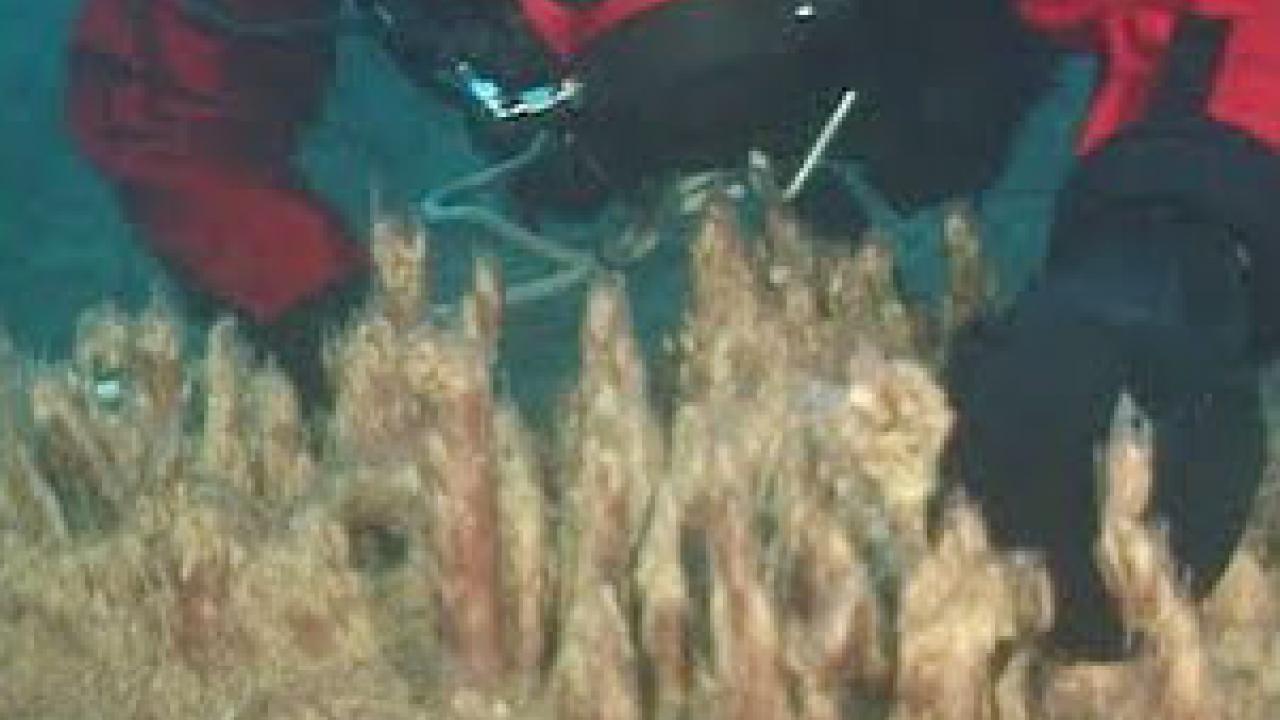UC Davis geology professor Dawn Sumner and postdoctoral scholar Bekah Shepard leave Davis this week for Antarctica. They will spend seven weeks camped by a frozen lake in one of the continent's dry valleys, one of the most inhospitable, and pristine, habitats on the planet.
Sumner will be blogging about her trip, as long as she has an Internet connection, at http://dawninantarctica.blogspot.com/.
Lake Joyce is up to 120 feet deep and permanently covered by almost 20 feet of ice.
"It probably won't be terribly cold -- about 4 degrees below zero (Fahrenheit) at night, and above freezing during the day. But the winds can be very strong," Sumner said.
The dry valley lakes are special because they contain bacterial communities similar to those on Earth billions of years ago, Sumner said. Lake Joyce is unique because the microbial community is fossilizing now as minerals and microbes combine to form structures. It is not clear if this is a biological process caused by the microbes, or a result of lake chemistry, she said.
Rocks from the lake look like ancient rocks, Sumner said. The researchers hope to get a better understanding of the processes that shape these rocks.
Sumner is especially interested in when photosynthesis -- using sunlight to make food and oxygen -- began. Oxygen appeared in the atmosphere about 2.4 billion years ago, but there is controversy over when the first photosynthetic organisms, called cyanobacteria, evolved. Rocks that look like those in Lake Joyce and that could be fossils of cyanobacterial communities are found from 2.5 billion to 3 billion years ago.
"The more we understand how these communities look, the better chance we have of understanding the early evolution of life on Earth," Sumner said.
The expedition includes Dale Andersen, Darlene Lim and Alfonso Davila of the Carl Sagan Center for the Study of Life in the Universe; Ian Hawes, Aquatic Research Solutions Ltd.; Christopher McKay of NASA's Ames Research Center; Wayne Pollard, McGill University; and Bernard Laval, University of British Columbia. The project is supported by NASA and the National Science Foundation.
Media Resources
Andy Fell, Research news (emphasis: biological and physical sciences, and engineering), 530-752-4533, ahfell@ucdavis.edu
Dawn Sumner, Geology, (530) 752 5353, sumner@geology.ucdavis.edu
